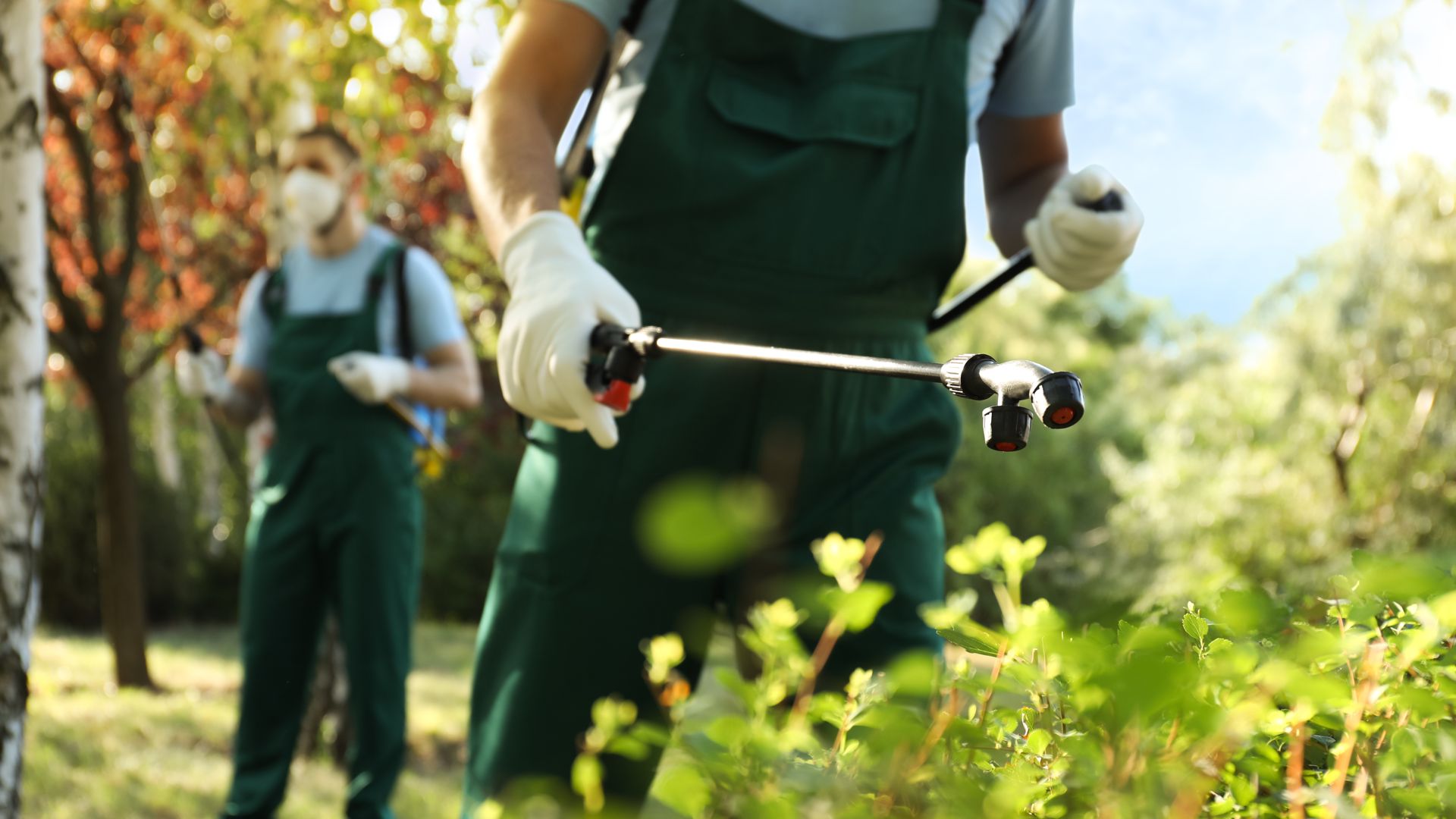Introduction:
In the realm of home maintenance, spotting damage promptly is crucial. While water damage is a common concern for homeowners, lurking beneath the radar is another silent destroyer: termites. Termite damage can often masquerade as water damage, leading to misdiagnosis and delayed treatment. Understanding the subtle nuances between the two is essential for safeguarding your home's structural integrity. Let's delve into this stealthy threat and learn how to distinguish termite damage from water damage.
The Resemblance:
At first glance, termite damage can bear a striking resemblance to the effects of water intrusion. Both can result in warped surfaces, crumbling wood, and discoloration. Furthermore, both types of damage may manifest in similar locations, such as ceilings, floors, and walls. This uncanny similarity often leads homeowners to misconstrue the cause of the deterioration, overlooking the presence of termites.
Distinguishing Factors:
While termite damage may mimic water damage, several differentiating factors can help identify the true culprit:
1. Pattern of Destruction:
- Termite damage typically exhibits a distinct pattern characterized by tunneling and hollowed-out wood. These tiny voracious insects devour wood from the inside out, leaving behind a honeycomb-like structure. In contrast, water damage tends to be more uniform and lacks the intricate tunnels seen in termite-infested wood.
2. Presence of Frass:
- One telltale sign of termite activity is the presence of termite droppings, known as frass. Termites expel these tiny wood-colored pellets as they tunnel through infested wood. Frass accumulation near damaged areas is a strong indicator of termite infestation, whereas water damage typically lacks this characteristic.
3. Moisture Content:
- While both termites and water can cause wood to become damp and weakened, the source of moisture differs. Water damage is often accompanied by visible signs of water intrusion, such as leaks, puddles, or moisture stains. In contrast, termite-infested wood may not exhibit obvious signs of moisture, as termites extract moisture from the wood they consume.
4. External Evidence:
- Inspecting the exterior of your home can provide valuable clues regarding the presence of termites. Mud tubes, constructed by subterranean termites for protection and moisture regulation, are a clear indication of termite activity. Additionally, winged termite swarmers emerging from soil or wood around your property signal an established termite colony.
Prevention and Remediation:
Protecting your home against termite damage requires proactive measures and vigilance. Implementing termite prevention strategies, such as maintaining proper drainage, eliminating wood-to-soil contact, and scheduling regular termite inspections, can help deter infestations. In the event of termite activity, swift action is paramount. Consultation with a professional pest control expert is recommended to assess the extent of infestation and implement an effective treatment plan, which may include bait systems, liquid termiticides, or fumigation.
Conclusion:
Termite damage may cloak itself in the guise of water damage, deceiving even the most discerning homeowners. By familiarizing yourself with the subtle distinctions between the two and remaining vigilant, you can safeguard your home against the stealthy incursions of these silent destroyers. Remember, early detection and prompt intervention are the keys to preserving your home's structural integrity and peace of mind. Stay informed, stay proactive, and protect your home from the unseen threat of termites. Call us today for a free inspection for your Houston, Katy or Sugar Land home.

